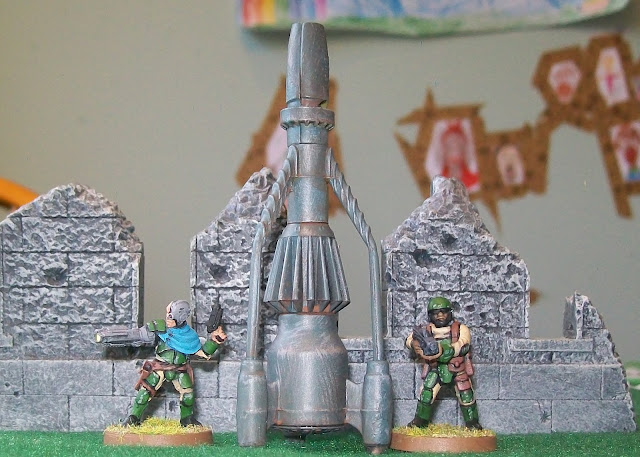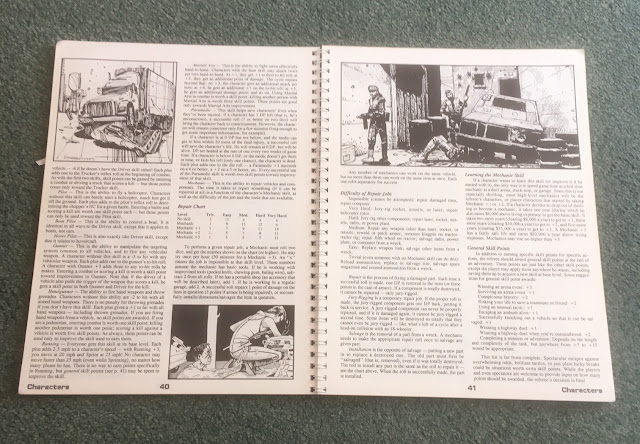 |
| Don't go in there you fool! |
I love the circular nature of creativity. For example, I wrote a game called The Silver Bayonet that was recently released. It's a game Napoleonic gothic horror. In the book there is a cool black and white drawing of a crypt. In the latest issue of Miniature Wargames (Issue 464), there is an article by Tony Harwood in which he scratch-builds a crypt based on the drawing. It's a beautiful little scenery piece, well beyond my own abilities. Which isn't surprising since Tony is the author of Wargames Terrain and Buildings: The Napoleonic Wars. Still, I found that piece so inspirational, I wanted to try and do something similar, and to test out Mr. Harwood's advice for using egg boxes to get a stone like texture. So, I built my own little 'Dread Shrine', and I'm rather pleased with the results. Now, I'm thinking of possible scenarios I can write to use it! And around it goes!
I built this little shrine in just a couple of sessions, probably 3/4 hours total. The basic structure is foam board with bits of egg box glued onto it. The base is a wooden MDF circle I had laying around. I made a little mound of greenstuff in the middle of the base, and pushed in a bunch of GW skulls. Another GW skull adorns the front. Painting is mostly a bunch of grey dry-brushing and a green wash. I painted on some extra 'arcane symbols' to give it an even more sinister appearance. There is also a pentagram painted on the inside back wall, but it's hard to see unless you get really close. Finally, I decided to liberally apply lichen and flocking, because I wanted it to look like it had been mostly abandoned, deep in the woods.
It was a fun little build and reminded me, that no matter how nice and beautiful pre-built terrain is, I'll never love it in quite the same way as something I make myself from scratch.
 |
| Nothing around back! |
 |
| Secure the perimeter! |






